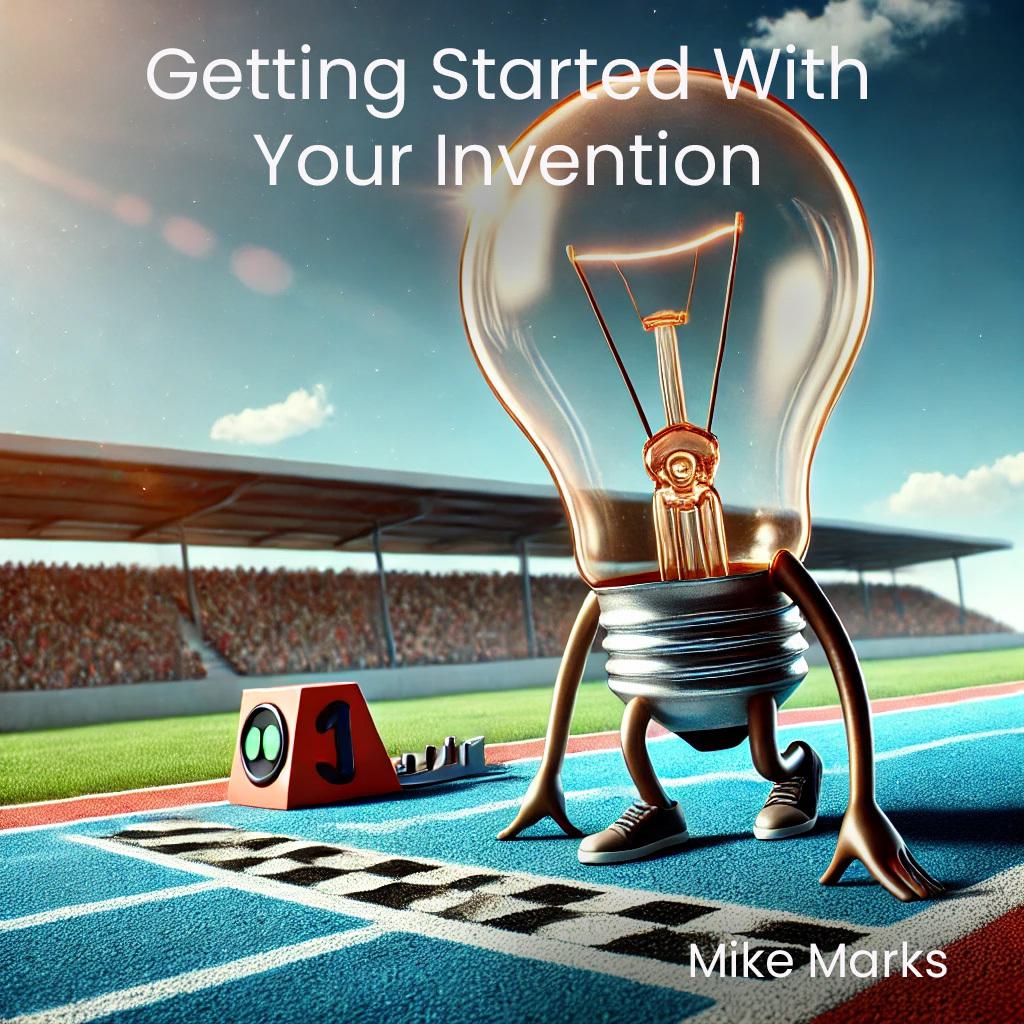
Inventing 101: Get Started With Your Invention
by Mike Marks
The key is to invest time and money carefully
How do you know if your invention will be a commercial success?
An invention idea is great if:
It solves a problem that people want solved (including problems people did not know they had) and everyone involved in designing, manufacturing, and marketing the product can make better than normal profits.
That's it! If an inventor has a product idea that people want to buy and a way to make and sell it at a healthy profit, then they've won half the battle. Ideally the target market should be a group that is easy to define and reach. This could mean a specific trade group such as dentists or it could mean the broad consumer market – if the product is appropriate for everyone. Click on the links below to learn more about the process of identifying the potential for success and how to take the first steps to realize that success (while keeping as much money as possible in your wallet).
Here are the steps to getting started:
Step 1: A Great Invention Idea
Step 2: Guard Your Wallet
Step 3A: Protect Your Invention – First Stage
Step 3B: Protect Your Invention - Second Stage
Step 3C: Understand Patent Protection
Step 4: Presenting Your Invention
Step 5. Confirm the Invention
Step 6. Make an Invention Prototype
Appendix
Provisional Patent (USPTO info)
More About Confidentiality Agreements
Example Confidentiality Agreement – 1st stage
Example Confidentiality Agreement – 2nd stage
Example Mutual Confidentiality Agreement
share this article: facebook